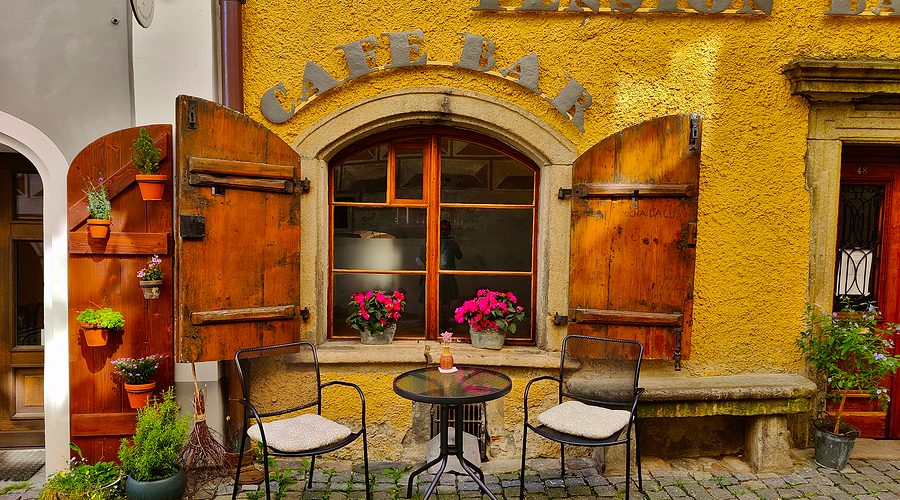A Brief History Of Shutters

It is never hard to spot full height window shutters in Brighton, with many windows featuring them. This is especially true of the ubiquitous Regency buildings in this city.
All that might make some wonder if the popularity of shutters is indelibly linked with Regency architecture and its large windows. The answer is that it is in the sense that the two go together well, but the history of shutters goes way back.
Shutters today can be made of aluminium or MDF, but, as with our range, wood remains the favourite material. However, it was not the original material for shutters, which are believed to have originated in ancient Greece.
The land of Plato, Socrates, the Acropolis and the Olympics pioneered the use of shutters to keep out the heat and light of the hot Mediterranean summer sun. That use has never changed, but what may come as a big surprise is that they actually made the slats out of marble, rather than wood.
Marble does have the advantage of being a durable material, but of course it is rather more exclusive and expensive than wood, so mass adoption and production of shutters for the wider population required a more readily available material.
Given the predominance of first Greek and then Greco-Roman culture across the Mediterranean, blinds soon became popular on the Italian peninsula and beyond.
The same process occurred when they arrived in England during Tudor times, when they were a luxury item made from glass. But, once again, materials diversified later on.
Despite the lack of shutters in 11th century England, they were still an important part of a tall story about a very famous incident: Lady Godiva’s streak on horseback.
It was this incident, when the noblewoman was riding through Coventry in a protest over unfair taxes, that gave rise to the phrase “Peeping Tom”. The story was that the townsfolk had closed their shutters to avoid the indecent sight, but Tom couldn’t resist opening them and was struck blind in an act of divine retribution.
The story is believed to have been spun in the 17th century, with its originator clearly unaware that shutters were not in use in Saxon times.
Related articles

Why Do Businesses Use The Word Shutter When Closing Down?
Whilst solid panel shutters have had a rather substantial revival over the last few decades, typically the term shuttering is used in one of two contexts. The first is to describe high-quality window and door coverings, typically made of wood and commonly featuring adjustable louvres, but the second is used to describe when a shop […]

What Material Is Best For Window Shutters?
Whilst in some respects similar to blinds, window shutters are a solid blackout solution that lets in very little light and provides a timeless, elegant design to a room.